Secrets Only Pros Know About U.S. Fishing Hotspots
There’s something magical about standing at the water’s edge, line cast, waiting for that perfect strike. While weekend anglers might be content with catching anything that bites, professional fishermen have spent years uncovering the hidden gems of America’s vast waterways. These fishing pros don’t just rely on luck—they’ve developed intimate knowledge of seasonal patterns, fish behavior, and those special locations that consistently produce trophy catches.
In this article, we’ll dive into the closely guarded secrets of America’s most productive fishing destinations, sharing insider knowledge that could transform your next fishing expedition from a relaxing day out to an unforgettable angling adventure.
The Overlooked Backwaters of the Mississippi Delta

While many anglers focus on the main channels of the Mississippi Delta, professionals know the real treasures lie in the labyrinth of backwaters and secondary channels. These sheltered areas provide perfect spawning conditions for largemouth bass, crappie, and catfish, especially during spring when water temperatures begin to rise. Professional anglers target spots where fallen timber creates natural structure, particularly where these features intersect with subtle current breaks. The best pros arrive before dawn, when oxygen levels are optimal and predatory fish are most active in their feeding patterns.
Accessing these areas often requires specialized shallow-draft boats and intimate knowledge of the constantly changing delta landscape, which explains why these productive waters remain relatively untouched by casual fishermen.
Lake Okeechobee’s Hidden Edges

Florida’s Lake Okeechobee is no secret in fishing circles, but professional anglers focus on specific edges that weekend warriors typically miss. The transition zones where hydrilla meets peppergrass create prime ambush points for trophy largemouth bass, especially during winter months when fish seek warmer, protected waters. Tournament winners consistently target the northwestern quadrant of the lake during morning hours, paying special attention to areas where hard bottom transitions to soft mud. These subtle bottom changes are nearly impossible to spot without quality sonar equipment, giving tech-savvy anglers a significant advantage.
Professionals also know to adjust their presentations based on water clarity, using natural colors in clearer sections and high-visibility patterns when targeting the lake’s tannin-stained waters.
Chesapeake Bay’s Ghost Flats
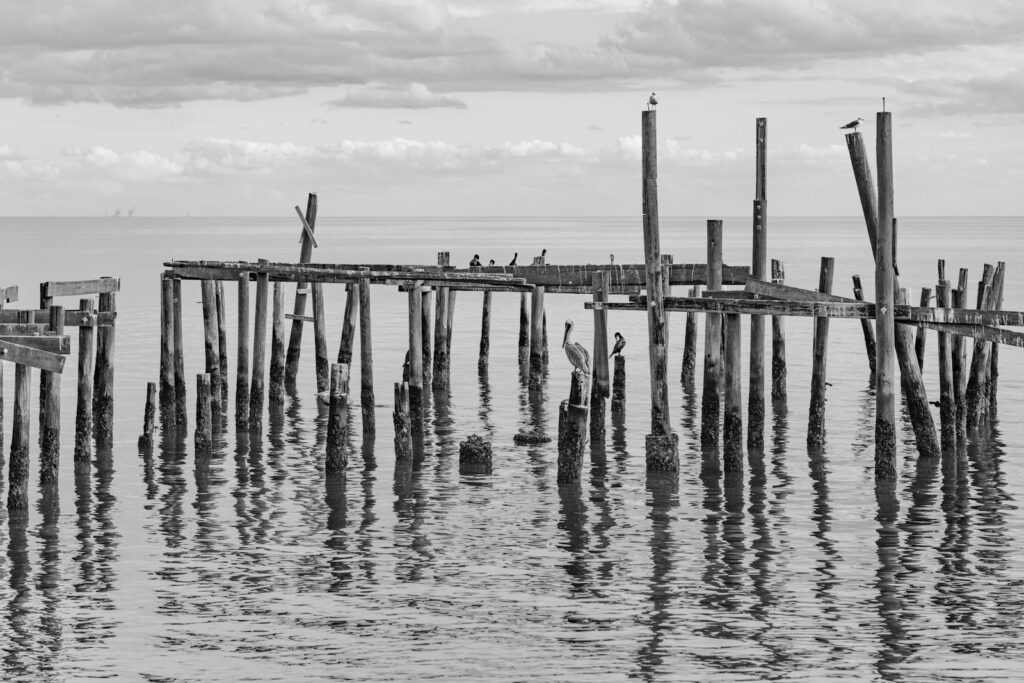
The sprawling Chesapeake Bay system harbors what pros call “ghost flats”—shallow areas that appear barren but hold astonishing concentrations of striped bass during specific tidal phases. These productive zones are characterized by subtle depth changes of just 1-2 feet and are often unmarked on standard nautical charts. Professional guides time their visits precisely with the falling tide, when baitfish are forced off the flats and into deeper channels where predators wait. The most productive ghost flats feature a mix of sand and sparse grass beds, creating the perfect environment for ambush feeding.
Experienced anglers work these areas with unweighted soft plastics, maintaining absolute silence to avoid spooking the notoriously wary stripers that frequent these shallow hunting grounds.
Lake of the Ozarks’ Forgotten Creek Arms
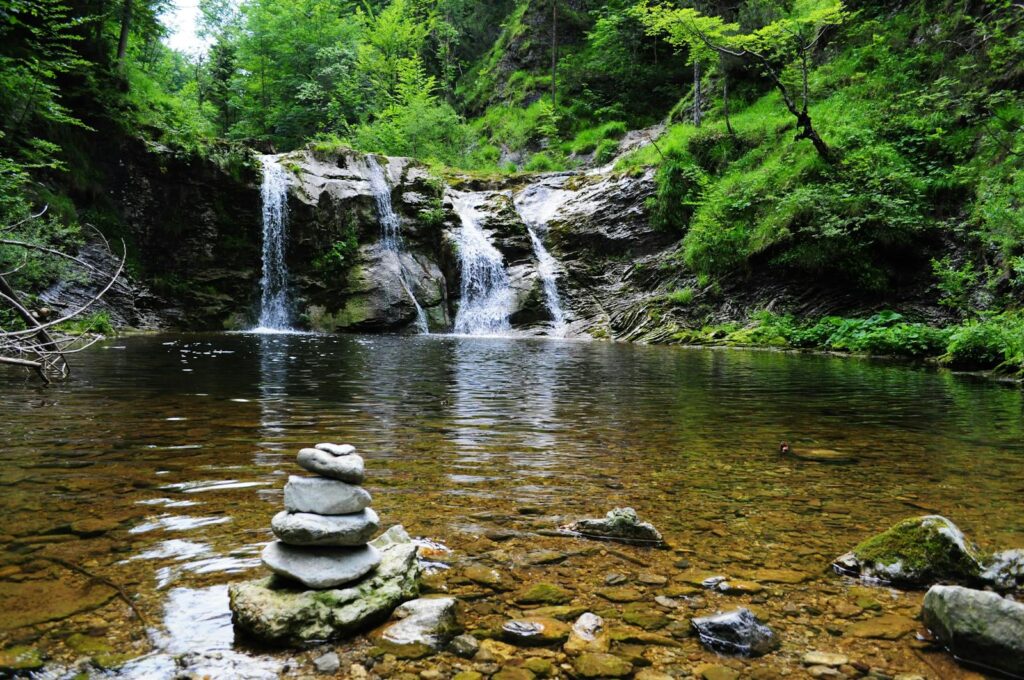
While recreational boaters crowd the main channels of Missouri’s Lake of the Ozarks, professional bass anglers slip away to the neglected creek arms that feed this massive reservoir. These narrower waterways maintain cooler temperatures during summer months and offer superior structure in the form of laydowns, rock slides, and submerged creek channels. Tournament veterans focus particularly on the areas where these creeks bend sharply, creating deeper scour holes that hold surprising numbers of trophy-sized bass.
The pros specifically target the northern creek arms during early spring, when these protected waters warm faster than the main lake and trigger earlier spawning activity. When fishing pressure intensifies, experienced anglers move to secondary points within these creek systems, where less pressured fish often gather in predictable patterns.
The San Juan River’s Secret Sections
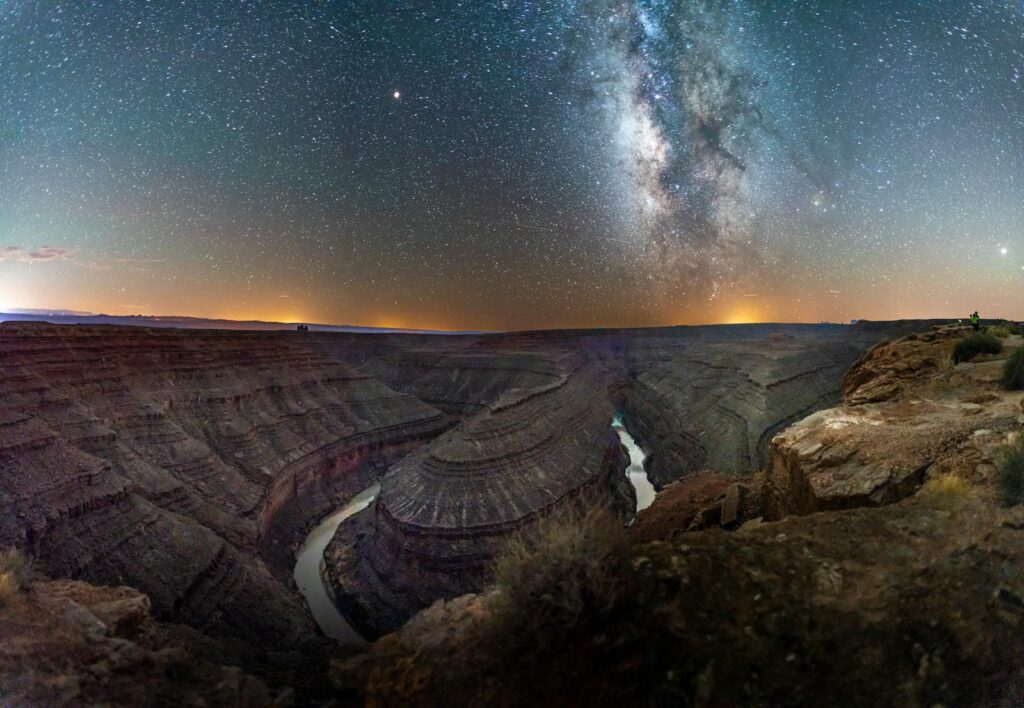
New Mexico’s San Juan River ranks among America’s premier trout fisheries, but professionals bypass the crowded “trophy section” in favor of less-heralded downstream areas. These lower reaches maintain healthy populations of large brown and rainbow trout but see a fraction of the angling pressure. Savvy fly fishermen target the complex current seams below major islands, where trout hold in feeding lanes that are difficult to detect without polarized glasses and experience reading water. The professionals also time their visits around the irregular dam release schedule, knowing precisely when fluctuating water levels will trigger aggressive feeding behavior.
During summer months, the most successful anglers fish exclusively during early morning and evening hours, when reduced light penetration makes wary trout more willing to rise to dry flies.
Lake Erie’s Neglected Western Basin
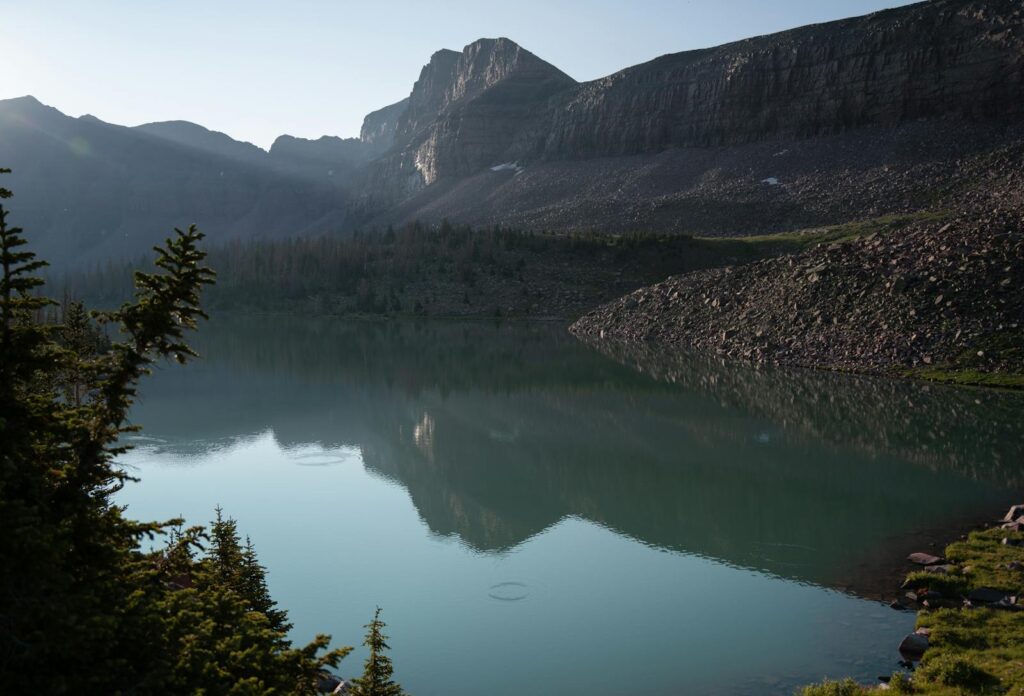
While much attention focuses on Lake Erie’s central basin walleye fishery, tournament anglers quietly dominate the often-overlooked western basin during specific seasonal windows. This shallower section of the Great Lake produces exceptional numbers of trophy walleye during early spring, when fish stage for spawning on rock and gravel shoals. Professional guides specifically target the subtle depth changes along the Canadian border, where underwater ridges create current breaks that concentrate both baitfish and predators.
The most successful pros employ precise trolling patterns that follow the contours of these submerged structures, adjusting their speed and depth based on water temperature and light conditions. When summer algae blooms affect water clarity, experienced anglers switch to night fishing, when walleye move predictably into shallower waters to feed.
Columbia River’s Sturgeon Sanctuaries
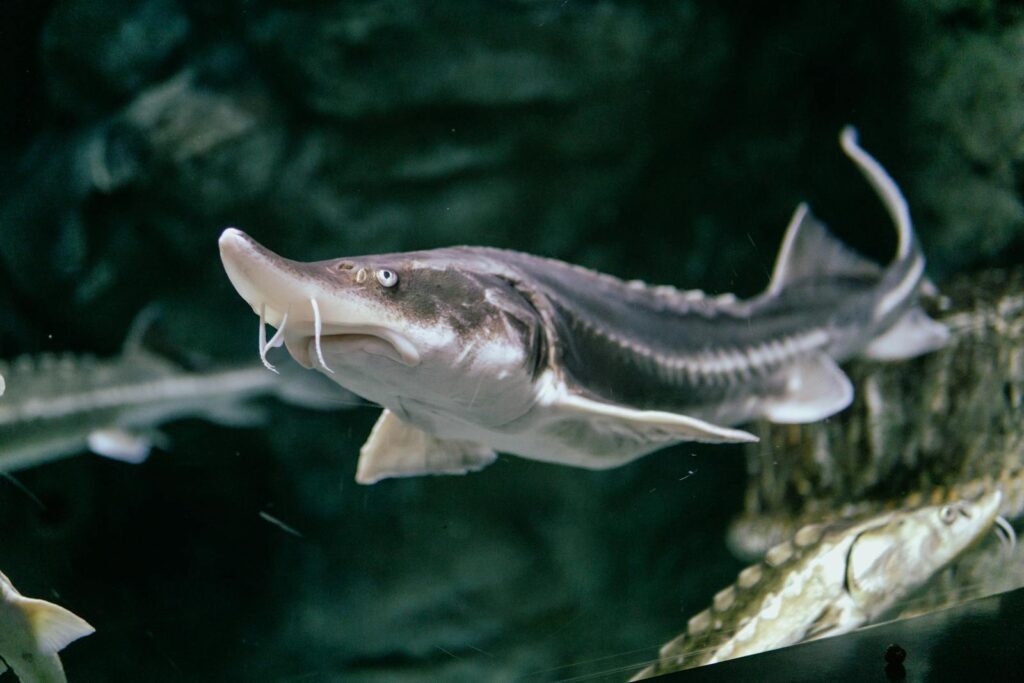
The mighty Columbia River hosts one of America’s most unique fisheries—white sturgeon that can reach lengths exceeding ten feet. Professional guides have identified specific deep holes and channel edges where these prehistoric fish concentrate during winter months. These prime locations feature a combination of strong current breaks and access to tributary outflows where food sources naturally concentrate. The most productive sturgeon sanctuaries typically have a hard bottom composition of rock or compact clay rather than shifting sand, providing stable habitat for these bottom-dwelling giants.
Experienced anglers monitor water temperature closely, knowing that even slight increases of a few degrees can trigger feeding frenzies among otherwise lethargic winter sturgeon.
Florida Keys’ Backcountry Basins

While offshore fishing draws crowds to the Florida Keys, professional guides make their living targeting the hidden backcountry basins that dot the Gulf side of this island chain. These protected depressions, often just slightly deeper than surrounding flats, concentrate permit, bonefish, and tarpon during specific tide phases. The most productive basins feature a mix of turtle grass and sandy patches, creating ideal habitat for the crustaceans that gamefish target. Professional guides time their approaches precisely with the flooding tide, when cooler ocean water refreshes these basins and triggers feeding activity.
The most successful anglers employ specialized shallow-draft skiffs that can access these areas without disturbing the sensitive ecosystem or spooking wary fish.
Lake Champlain’s Neglected Northern Bays
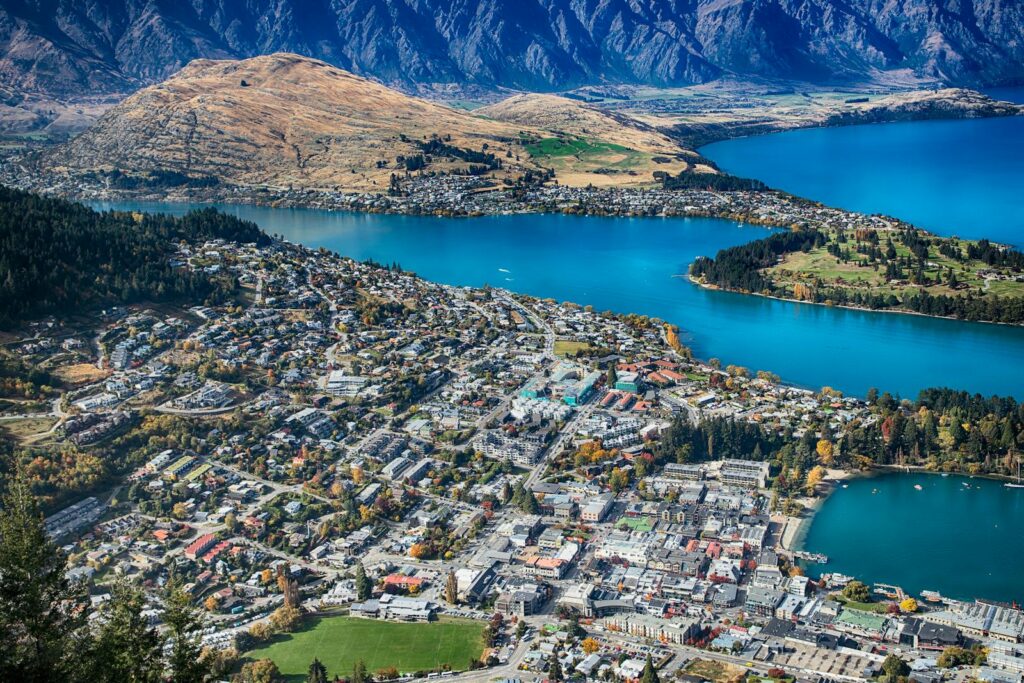
Vermont’s Lake Champlain spans 120 miles, but professional bass anglers focus intensely on the lake’s northern bays during tournament season. These protected areas warm faster in spring and maintain ideal temperatures later into fall, extending prime fishing opportunities by several weeks compared to the main lake. Professionals target the subtle rock-to-weed transitions that form along the eastern shorelines, where smallmouth and largemouth bass often share the same general areas. The most productive spots feature submerged rock piles that rise within a few feet of the surface but remain completely invisible without quality electronics.
Tournament winners consistently report finding their biggest bags when focusing on these northern sections during cloudy, windy conditions when fish move shallower to feed.
The Sacramento Delta’s Hidden Tule Berms
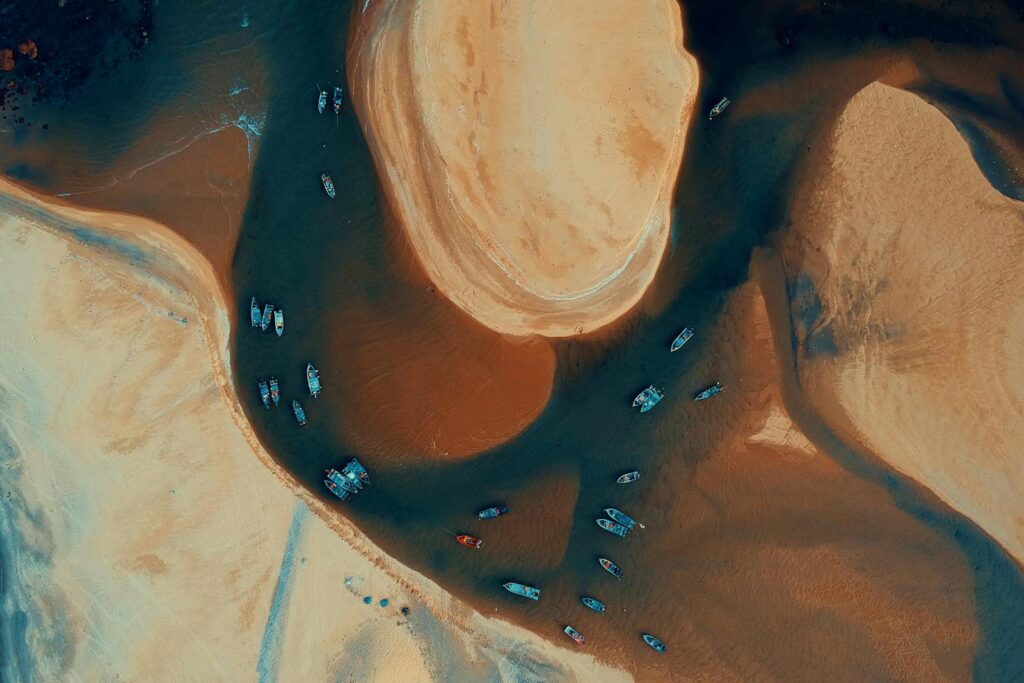
California’s Sacramento Delta system spans over 1,000 miles of waterways, but professionals concentrate on specific tule berms that border deep channels. These emergent vegetation walls create perfect ambush points for trophy largemouth bass, especially during incoming tides when baitfish are pushed against these natural barriers. The most productive berms feature slight indentations or “pockets” that break the current and provide resting areas for predatory fish. Professional anglers target these areas with precision casts, placing their lures within inches of the vegetation edge where strikes typically occur.
During summer months, the most successful delta anglers fish exclusively during the early morning tide change, when cooler water temperatures and reduced boat traffic create optimal conditions.
Boundary Waters’ Untapped Lake Chains
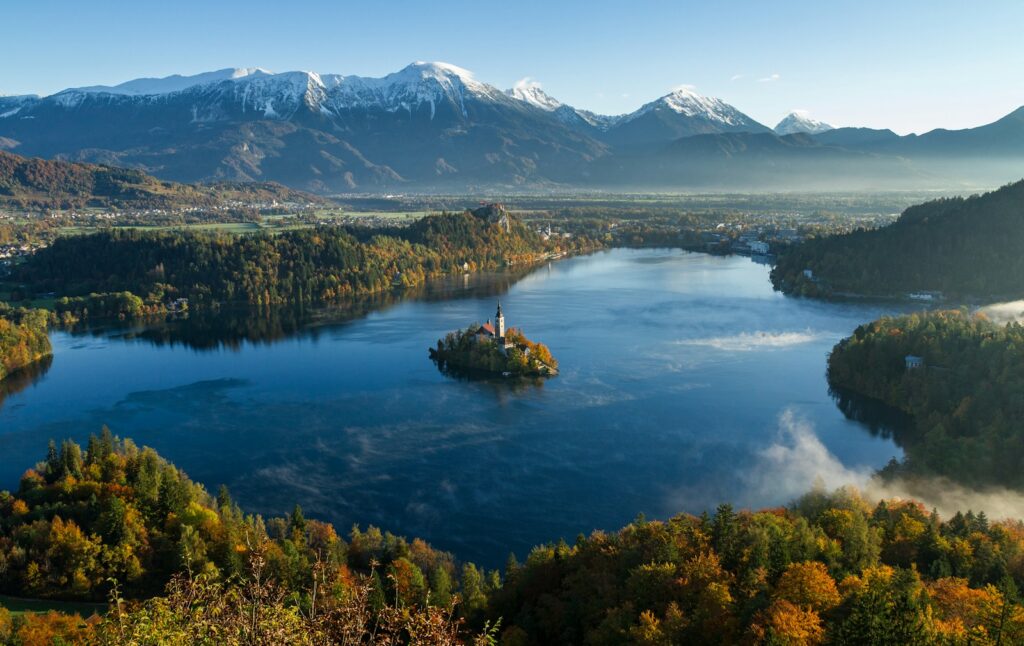
Minnesota’s Boundary Waters Canoe Area offers world-class fishing for those willing to venture beyond the commonly accessed entry points. Professional guides focus on specific lake chains that require multiple portages, effectively filtering out casual anglers and preserving pristine fishing conditions. These remote waters maintain healthy populations of trophy smallmouth bass, northern pike, and walleye that see minimal fishing pressure throughout the season. The most productive lakes typically feature a combination of islands, rock shoals, and deep water access—creating diverse habitat within a relatively small area.
Veteran guides time their expeditions to coincide with specific insect hatches that trigger predictable feeding patterns among the various gamefish species inhabiting these pristine waters.
The Seasonal Secrets of the Great Lakes Tributaries

While the Great Lakes themselves offer excellent fishing, professionals focus intensely on the tributary systems during specific seasonal windows. These rivers and streams host massive migrations of steelhead, salmon, and walleye that create world-class fishing opportunities for those who understand the precise timing. The most successful guides monitor water temperature, flow rates, and clarity rather than following calendar dates, allowing them to predict runs with remarkable accuracy. Professional anglers focus particularly on tributary sections featuring a combination of holding pools and spawning gravel, where fish naturally concentrate during their upstream journey.
During peak runs, the most productive fishing often occurs during periods of low light or slightly stained water conditions, when fish move more confidently and strike more aggressively.
Conclusion
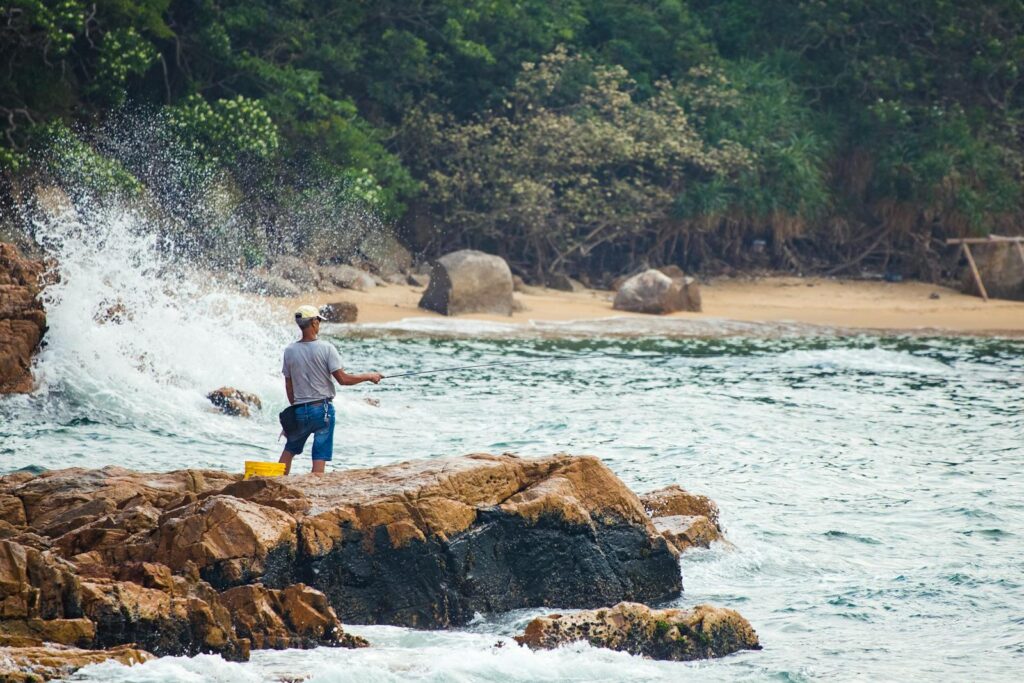
The difference between casual fishing and consistently landing trophy catches often comes down to specialized knowledge and attention to detail. Professional anglers have developed their expertise through thousands of hours on the water, observing patterns and behaviors that casual fishermen might miss. While technology continues to advance with better boats, electronics, and gear, there remains no substitute for experience and local knowledge. By incorporating some of these professional insights into your own fishing approach, you might find yourself accessing a level of angling success previously thought impossible.
Remember that true fishing mastery means not just knowing where to fish, but understanding when and how to approach these special places for maximum effectiveness.
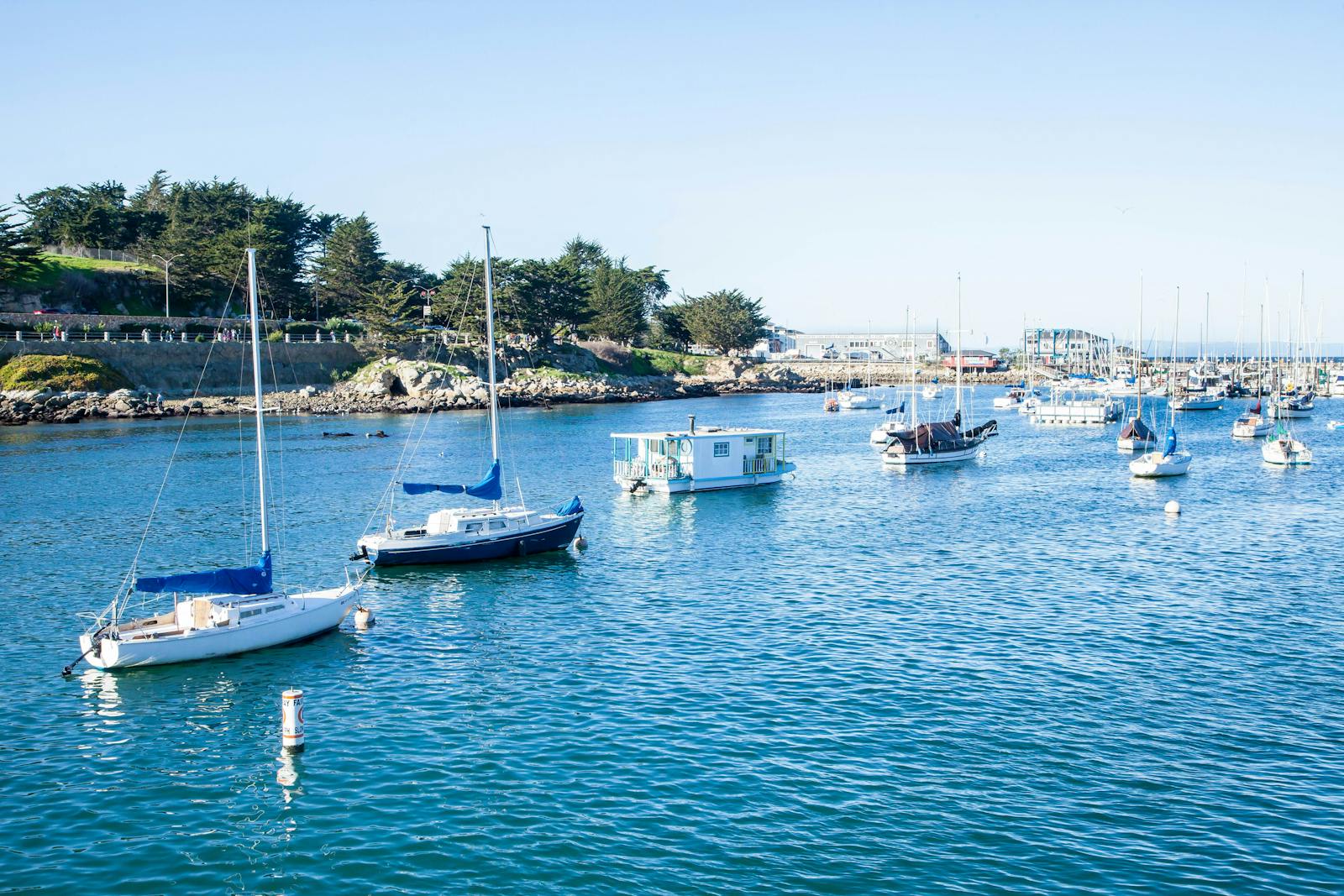

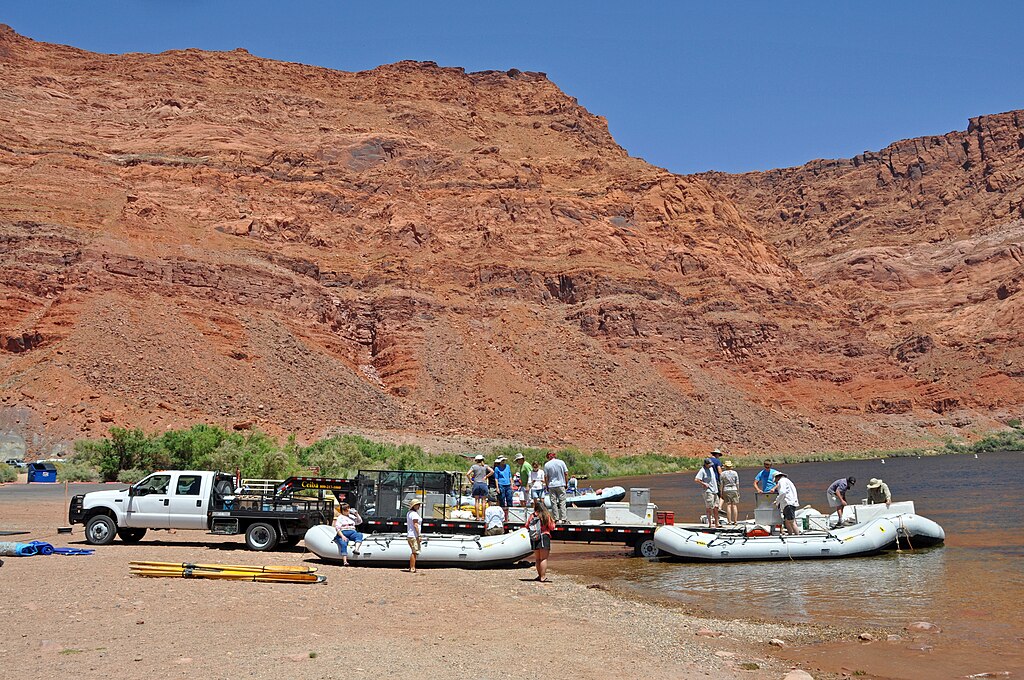











Post Comment